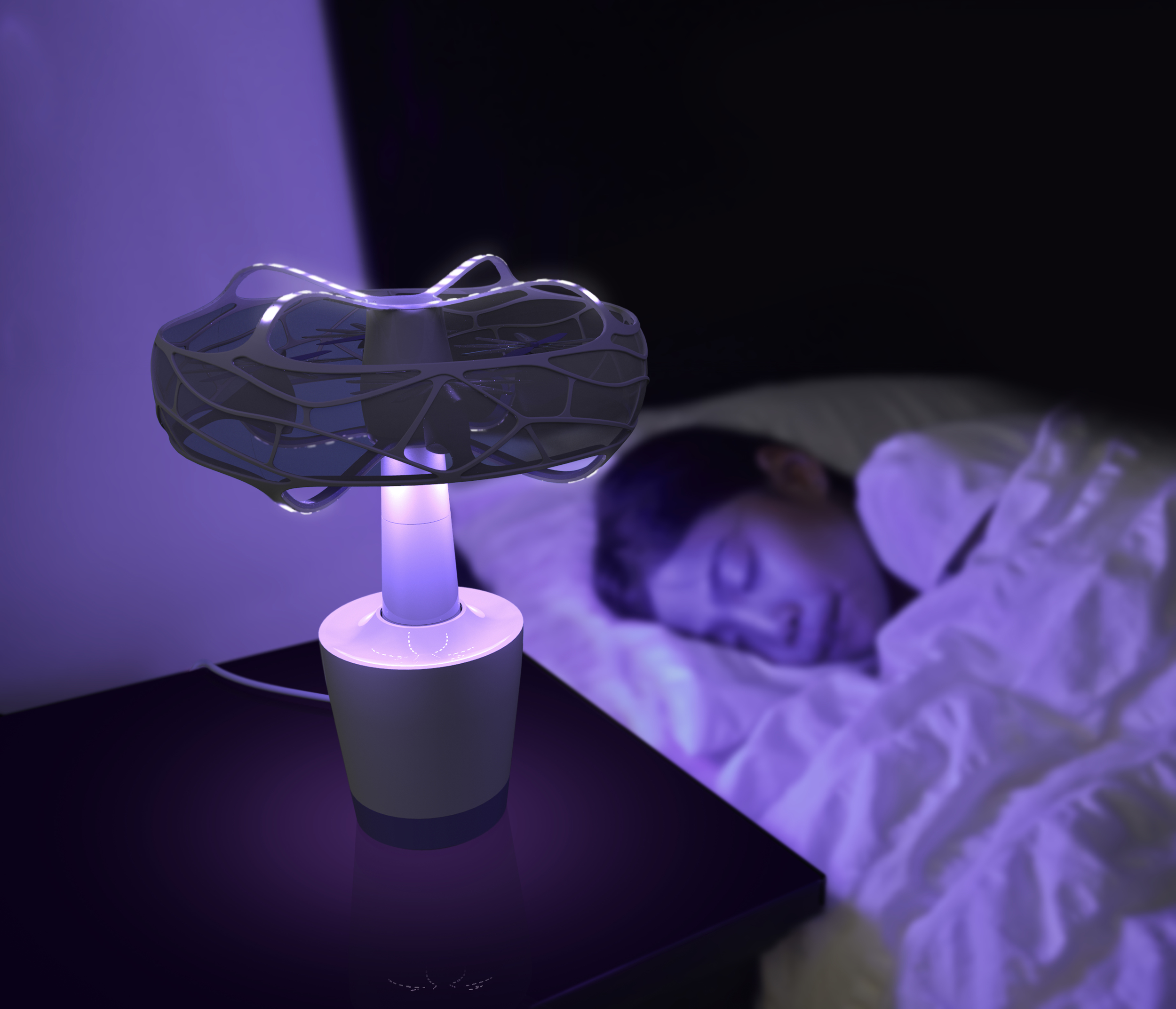Meet WONDU: a gesture-controlled flyer that brings remote controlled flying to a wider, younger audience. Kids can enjoy the magic of controlling flight and movement, while being gently introduced to spatial relations, cause/effect and building hand-eye coordination skills.
Like other modern controlled flying machines, its onboard gyroscope, accelerometer and microprocessor control flight. The pilot only sends it instructions. We felt there was a more intuitive way to send these instructions, to make play more immediately satisfying for kids of all ages.
Wondu’s flyer has no front or back. Anyone who’s driven an RC car, plane or quadcopter has had to wrestle with the frustrating reversal of controls when the vehicle is coming towards you. Wondu is more like a jellyfish that can move in any direction, than a shark which can only move forward. By removing the frontality of the vehicle, we are free to make the controls centered on the user, rather than the vehicle.
















